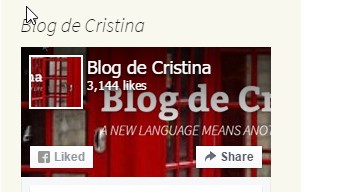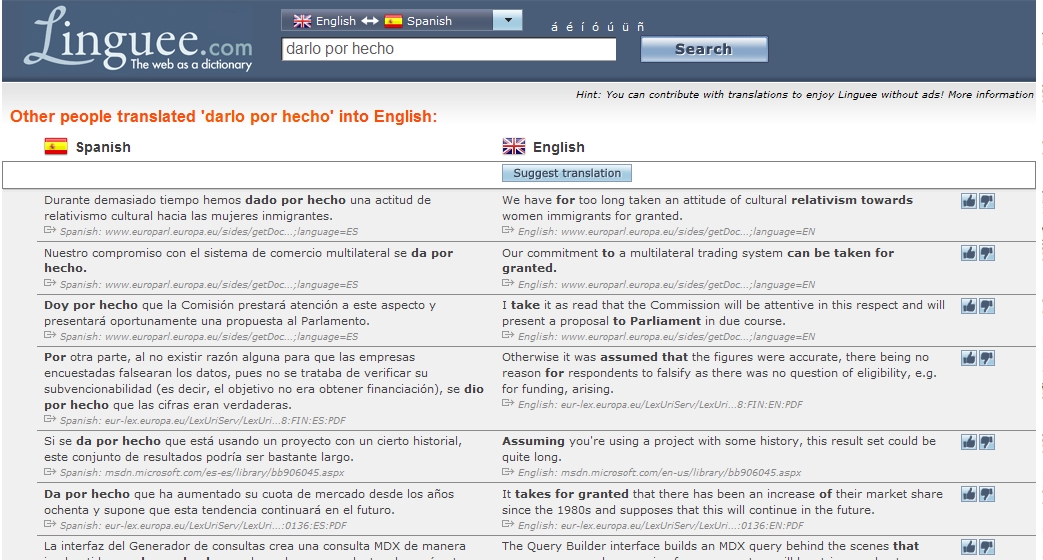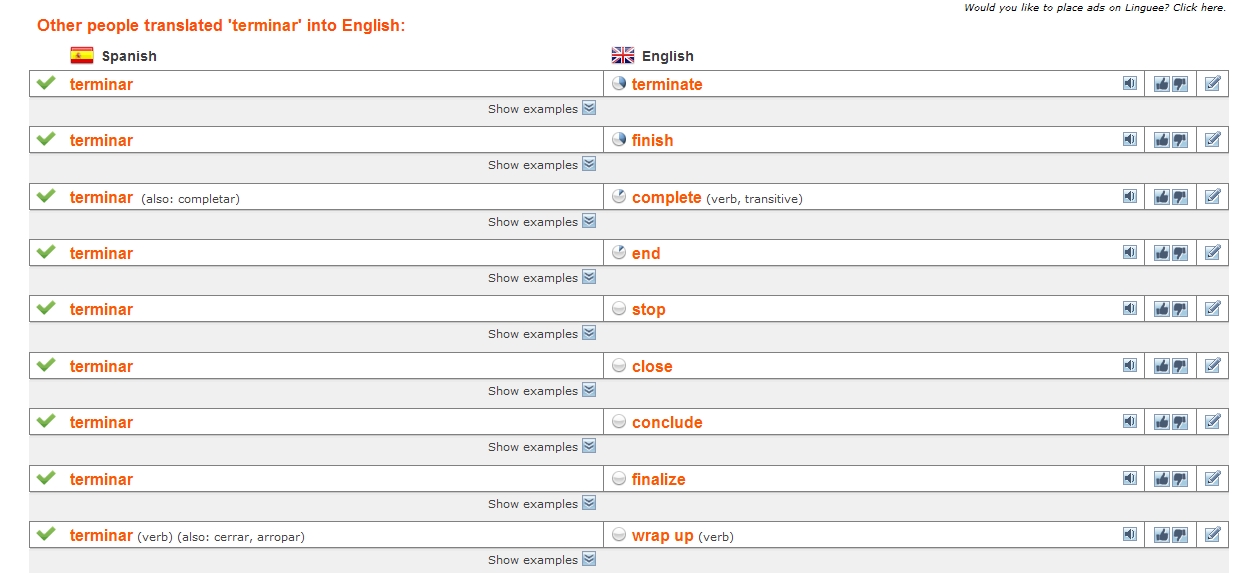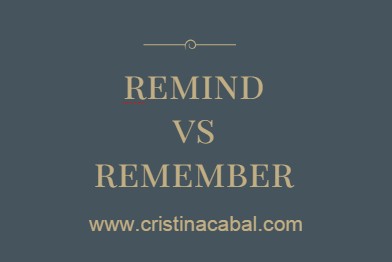Yes, yes… here I am again, struggling to find ways to teach my demotivated students from E.S.O. That’s why I’m constantly surfing the net looking for different ways to teach the same things over and over again.
This game can be used to revise vocabulary from the lesson and at the same time practise spelling. It goes like this:
♥ Divide the class in two teams, A and B and ask them to invent a name for their team.
♥Then, divide the backboard into two halves and mark each side of the board for each team.
♥ On each side of the blackboard draw either:
• a river with stepping stones for students to get across the river. The winner is the team that crosses the river first. For every correct word they write, mark a stepping stone.

• a ladder. The winner is the team that climbs the ladder first. For every correct word they write, mark a step on the ladder.
• a mountain with climbing points for the teams to climb and put their country’s flag up on the top. The winner is the team that climbs the mountain and puts their country’s flag up first. For every correct word they write, mark a climbing point.
• a daisy. The winner is the team whose daisy is wiped out first. For every correct word they write, wipe out a petal and after all the petals have been wiped out, then wipe out the leaves and the stem until the whole daisy has gone.

♥Call a member from each team up on the board and dictate a word from their vocabulary to them. The students write the word they hear on their side of the board making sure at the same time that the student from the opposite team cannot see what the other student is writing. So cheating is eliminated.
This has proven a very nice and exciting way to check spelling, listening comprehension and pronunciation in a fun way.
Many thanks to Barbara Koziori for this idea
There are also lots of sites on the web to practise spelling with the typical hangman game so if you have a little time to spare ,why don’t you try some of these?
http://www.hangman.no/ divided into categories ( Harry Potter,Countries of the World , Musical Instruments..etc
http://www.playhangmanonline.com/ also divided into categories , namely, music, sports , geography …etc
http://www.englishbanana.com/hangmanhome.html and that’s the place you want to go if you want to play the game with colours, everyday adjectives or household things.
If you are feeling creative or just need a specific category to work with (as is my case) , you might want to create your own hangman. To do this try this site http://www.what2learn.com/. It’s good fun!



 going to help my students see the difference between these two verbs
going to help my students see the difference between these two verbs  done without seeming like a nag? Is there a way to politely remind people to do things? Yes, there is: it’s called
done without seeming like a nag? Is there a way to politely remind people to do things? Yes, there is: it’s called 



